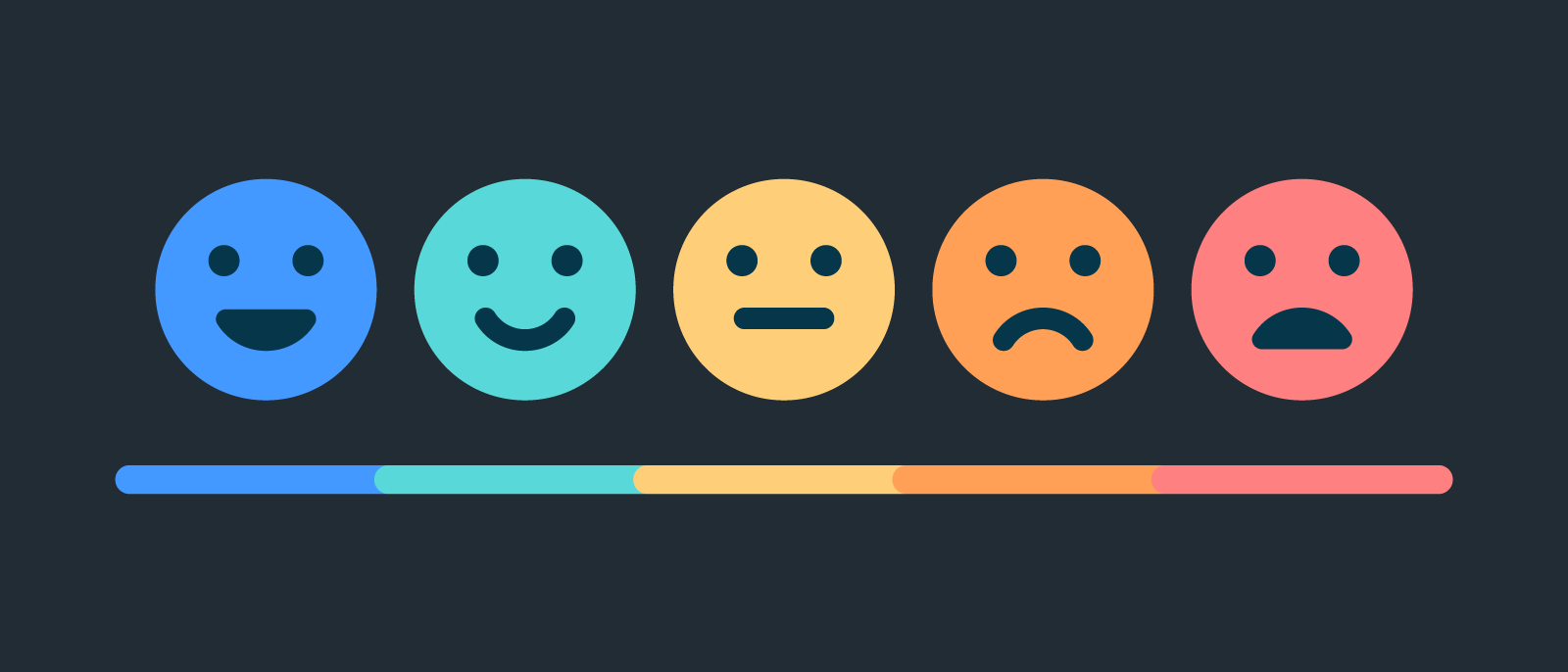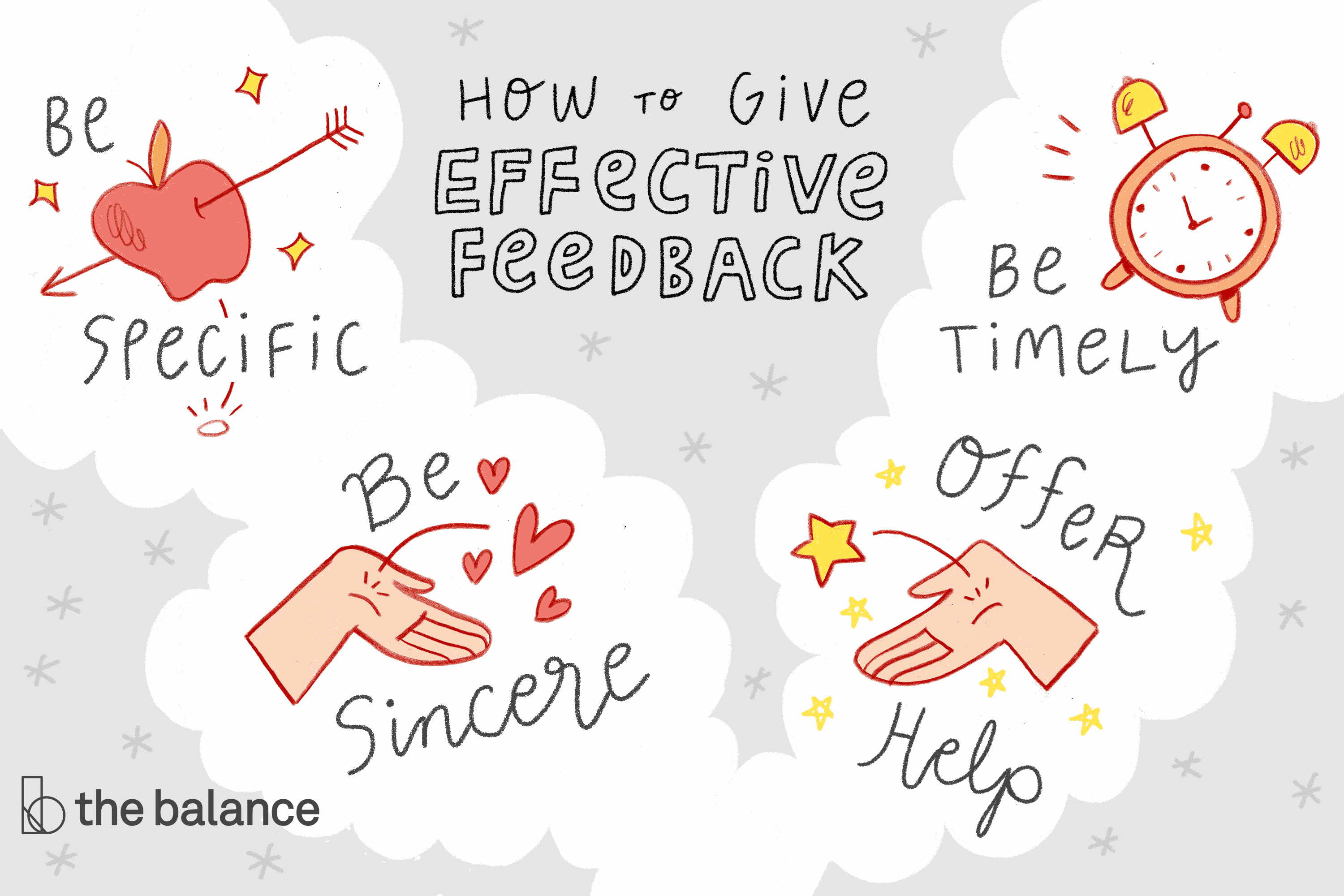Feedback. Many different kinds of it exist in this world. Some of us hear feedback and think of that awful screech response from an improperly set up audio system. Others know feedback as a response from our body to a behavior or biochemical reaction. And then most of us think of feedback as something we are told or tell someone else in response to something we/they have done or given. These all seem to cover different aspects of life, but any type of feedback has one very specific thing in common: response. In education, all of these definitions of feedback truly combine.

In education, feedback is a response to work done by students. Feedback has the ability to be both positive and negative. Both kinds can change the way future work is done and how much understanding students have. Fizzling feedback is like the microphone or guitar that hasn't been hooked up properly. It's repetitive, annoying, and overall doesn't add much to the conversation. This is feedback that comes after the fact, giving students no chance to edit their work or increase their understanding with work to practice on. This is also feedback that comes from a lack of clear learning objective and performance of understanding, which leaves students attempting to interpret what the vague description on the board could possibly mean. On the other hand, some feedback inspires a smooth transition from confusion to understanding and the ability to demonstrate so, like the body's ability to send feedback in the form of hormones in response to something happening, all to keep the body balanced, healthy, and safe. This is feedback that comes throughout the work, after clear exemplars of what to do and what not to do, and after giving students the opportunity to attempt the work, pause, and receive helpful feedback that guides them in advancing their understanding, without giving the answer. This is also feedback that comes from a clear, easy to follow and connected learning objective and performance of understanding.

In my own self-reflection as I read the Preventing Feedback Fizzle article, I realized that I probably do a lot more of the former kind of feedback than the latter. While I answer questions and facilitate discussions, I don't think I provide the feedback that I should be to allow students to show their increase in understanding, because most of my feedback comes on assignments after they've been turned in. While students have the option of trying to correct some things and resubmit, they have lost the opportunity for full points and likely feel dampered by feedback that points out what was wrong. I never use the specific language of "wrong" and I try to use guiding language, but I can see how that would seem futile after the assignment has already been turned in and graded. Something that would help me improve my feedback practices is really making sure I have clear learning objectives with the performance of understanding. I often forget the second part of that when creating my learning objectives, but it is truly the way that students can see what they need to be able to do to be successful. I want to work also on figuring out exemplars that will better help students understand this as well. Exemplars are an area I struggle currently because I'm only student teaching and don't have past student work of the subject we are currently working on to provide for my students. However, I know that I have the idea in my head of what is a good and bad example, and so something I should work on is creating exemplars until I have student ones.

Feedback is an area that I know I need to improve on and that I will strive to better myself in, so that my students can receive dazzling feedback that helps them meet the level of challenge I know they can in my class.
